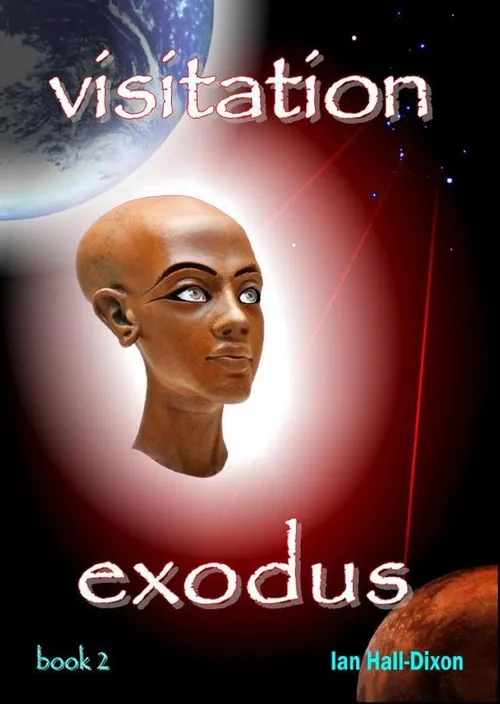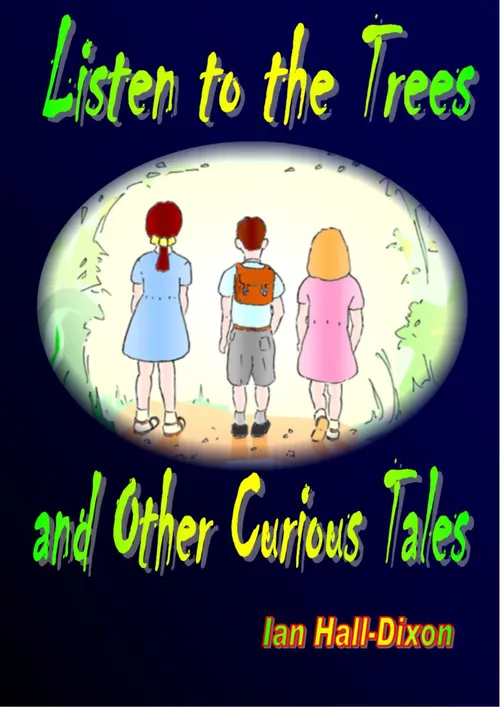PEACE FOR A WHILE
THE SETTLERS NOW SET about a new phase of consolidation.
The beneficial practices of providing various steps in the education of language, mathematics, etc., to the humans, which had been started by the Visitors, had to be continued. The approach had to be one that no longer included slavery or the creation of grotesque mutant forms.
The Settlers had come to understand warfare, having done particularly well at defeating the Visitors, and a strong military streak, reinforced by practice and training was dominant for quite some time.
They had to guide the humans along the path they should have been on before their corruption by the Visitors, which meant not only the ‘carrot’, but also now the ‘stick’.
Those of the humans (having learnt from the brutal and perverse ways of the Visitors) who were considered serious transgressors of the Settlers’ view of progress, thereby risking the development of the species DNA or in some way, threatening its continuation by the same attitude to life as their former masters, had to be made an example of.
Entire cities or settlements were destroyed following clear warnings and if they failed to make any changes to their way of living. The Settlers did not wish to act in brutal ways, but a cleansing had to be undertaken for the survival and correct continuation of a human species deserved of the planet on which they lived.
Apart from this, matters were progressing well and the original DNA manipulation by the Settlers was now showing results. These new humans were becoming increasingly curious and most creative in employing their loosed mental abilities. Their own distinct systems of speech and written record developed at an alarming pace.
Yes, they were in conflict with each other but at this scale of population, that only honed the edge of their development.
The Settlers needed to sit back, recuperate from the great conflict and let ‘nature’ take its course with the ‘cleansed’ humans.
The polar caps had long since returned, water levels had receded and the climate was stable; all plus factors in man’s development particularly in the equatorial and adjacent temperate regions.
A new unexpected polar melt, partly the result of the natural slow orbital cycle and alternating climate changes was exacerbated by the great disaster of a massive volcanic explosion that had not been predicted. This was not merely a one-off, short term, explosion but the continued spewing forth of the planet’s interior over a period of many years, decimating the local population and threatening all others.
The addition of the volcanic hot gas and ash into higher atmosphere levels may have precluded the sun’s energy reaching the greater part of the globe but this was offset by the great amount of high temperature gases also being ejected into the upper atmosphere.
A greenhouse effect started and the settling of the dark ash upon the polar ice ultimately caused an increased absorption of the sun’s energy there, resulting in a massive increase in the melting of vast swathes of it. A new period of global flooding commenced.
This introduction of the released fresh water disturbed the great ocean currents, of which the freezing polar ice had been the engine.
This loss of the means by which warm water migrated northwards to create the temperate zones led, perversely, to a great cooling there but also a substantial increase in temperature in the equatorial regions. This was to be the situation for many generations of humans and Settlers alike.
The great ocean currents would not start to function again or be re-established to any significant effect for several thousands of years.
The thinning of the fine ash in the atmosphere allowed the suns energy to be transmitted down to the Earth once more at an ever increasing rate but the balance of the systems that had been at play previously, was now greatly disturbed.
Polarisation of the hot and cold areas on the planet and the generated air movement paths caused weather patterns to be erratic, some locations suffered drought, others storms, where previously, before the eruptions, they had not.
These extreme events were now becoming verbal traditions by many of the humans and in many places, written down as great stories of historical record especially where sea levels had increased dramatically and a great loss of life had occurred.









This story has not been rated yet. Login to review this story.